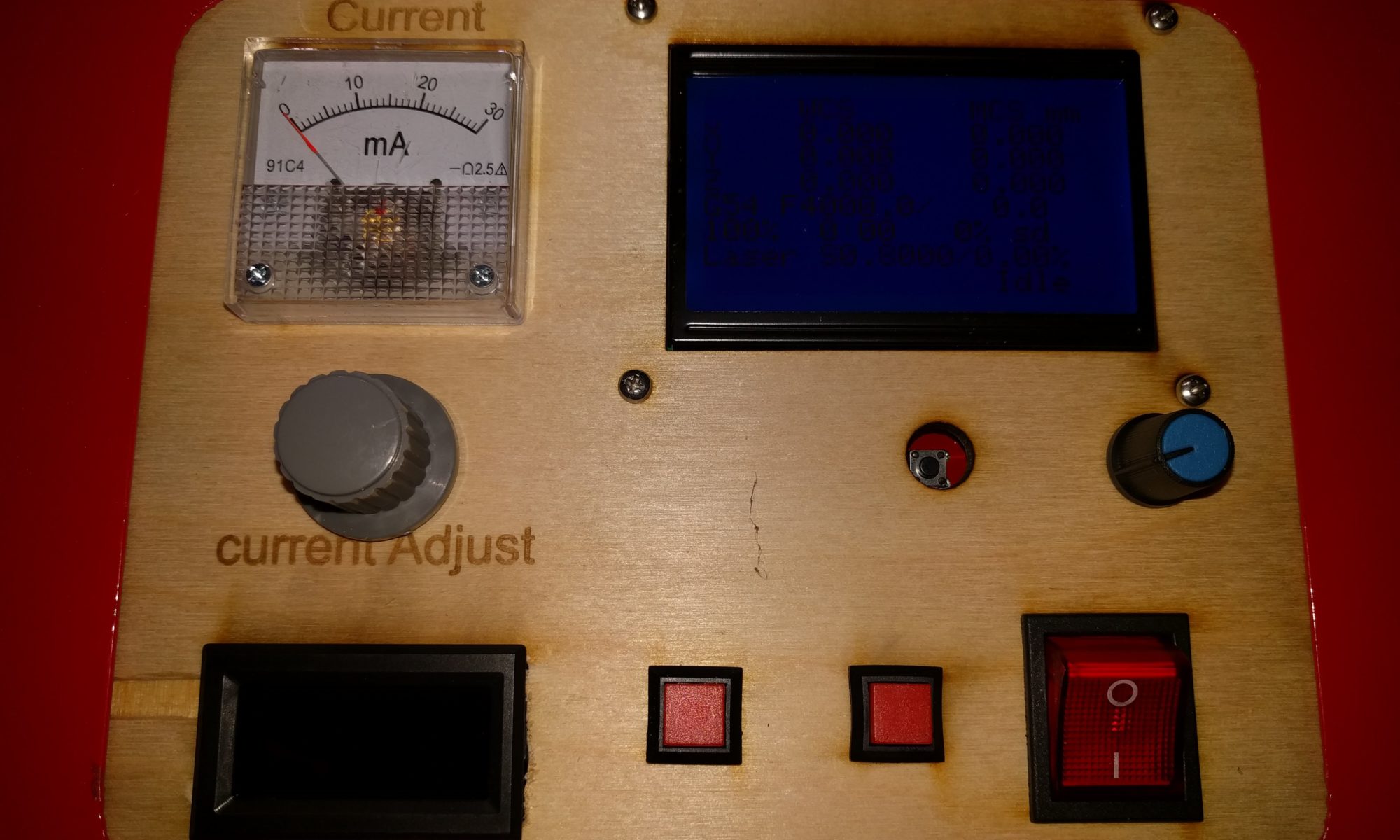Scope creep is a project issue many of us have. I always creep when I decide to mix media of my hobbies. This one gets 3 of the many hobbies.
I started with the idea to build a simple plywood box to carry a Raspberry Pi and some associated tools for on the go hardware troubleshooting. What did I get? A leather wrapped treasure chest of troubleshooting tools. I wanted to have a “pirate chest” motif with a “sample case” style flap opening that could hold the keyboard and tools. It had to highlight the “edge grain” of the plywood too. I may have gotten close on the aesthetic I wanted, but the scope creep made this more than a simple case.

The Contents of the box before cable management.
- Raspberry Pi 4 8G
- JYE Tek DSO Coral Oscilloscope
- Bus Pirate V3
- fx2lafw compatible Logic Analyzer
- USB C/HDMI Full HD LCD from KYY
- 40000 mah USB C power brick
- USB mouse and keyboard
- probes and cables.
- 3.3v and 5v compatible USB TTL serial adapter
- breadboard and 3.3v and 5V adjustable power supply
The Raspberry Pi 4 is setup with the stock OS with my favorite Sigrok and pulseview setup for the fx2lafw compatible logic analyzer. Sigrok/Pulseview is my go to tool for troubleshooting serial, i2c, and 2 wire things. I have also added my buspirate v3 inside the case for good measure, but don’t mess with JTAG much anymore. Arduino IDE is also installed including the ESP32 and ESP 8266 stuff setup as well. More on those projects to come.
PiCase woodworking
I wanted to highlight the “edge grain” of the plywood, so I used my Milescraft saw guide to cut the 18mm (3/4 inch) Baltic Birch plywood into strips and re-laminated it back together to make panels that show the “grain.” That inexpensive saw guide amazes me with the consistency and ease of use for the small price. I then box jointed the bottom for extra glue area strength and inset supports for the contents. I left the top open so the leather skin could wrap and form a rounded top. I also decided to skin the outside of the wooden carcuss with 3mm Baltic Birch plywood for extra support of the leather. Of course I used Danish Oil on the wood because it highlighted the layers.




PiCase Leather work
Springfield Leather Company always confuses me. I bought a 2-3 ounce grade “D” veg tan leather side to use for structural reinforcement for some other projects from them. It was nice enough that I started dreaming up this leather case. The description definitely under sold the quality of this 33 square foot discount side. It will make great stiffeners for other things, but made some nice “show” panels for this case. I could not justify cutting up the bend area to get the brand mark on this case, but thought about it. These mostly clean panels came off the shoulder area. I love leather for the character that it was once a live animal. If I wanted perfect I would use vinyl.
A quick swipe with the strap cutter to make some accent strips and some Fiebing’s Pro Dye in chocolate. It made the accents and I tried a new Renia Aquilim 315 contact cement to assemble and attach the panels to the case. I do like the water based cement and did not have to get “high” to make this project. Saving the last few brain cells is always good. I added some copper cut nails as accents to add to my pirate motif, as well as some snaps and a buckle to keep the sample case flap closed. I of course treated the leather with my Leather Balm V0.1.

Pi_case_dye 
Pi_case_leather_panels 
Pi_case_leather_panels_bottom 
Pi_case_leather_side
PiCase finsh

It was a fun project that started from a simple idea to a joecad 1 cm = 1 inch scale drawing. Oh yes, I mixed metric and “freedom units” in my build. I initially did a FreeCad mock up of a wooden case, before unrolling the leather and getting scope creep and deciding on changing my design from a simple plywood box to a leather wrapped treasure chest of troubleshooting tools. I may consider adding a TS80 USB Iron to the kit, but that is just more scope creep.
It will not replace my “lab” workbench but it is mobile.

























































